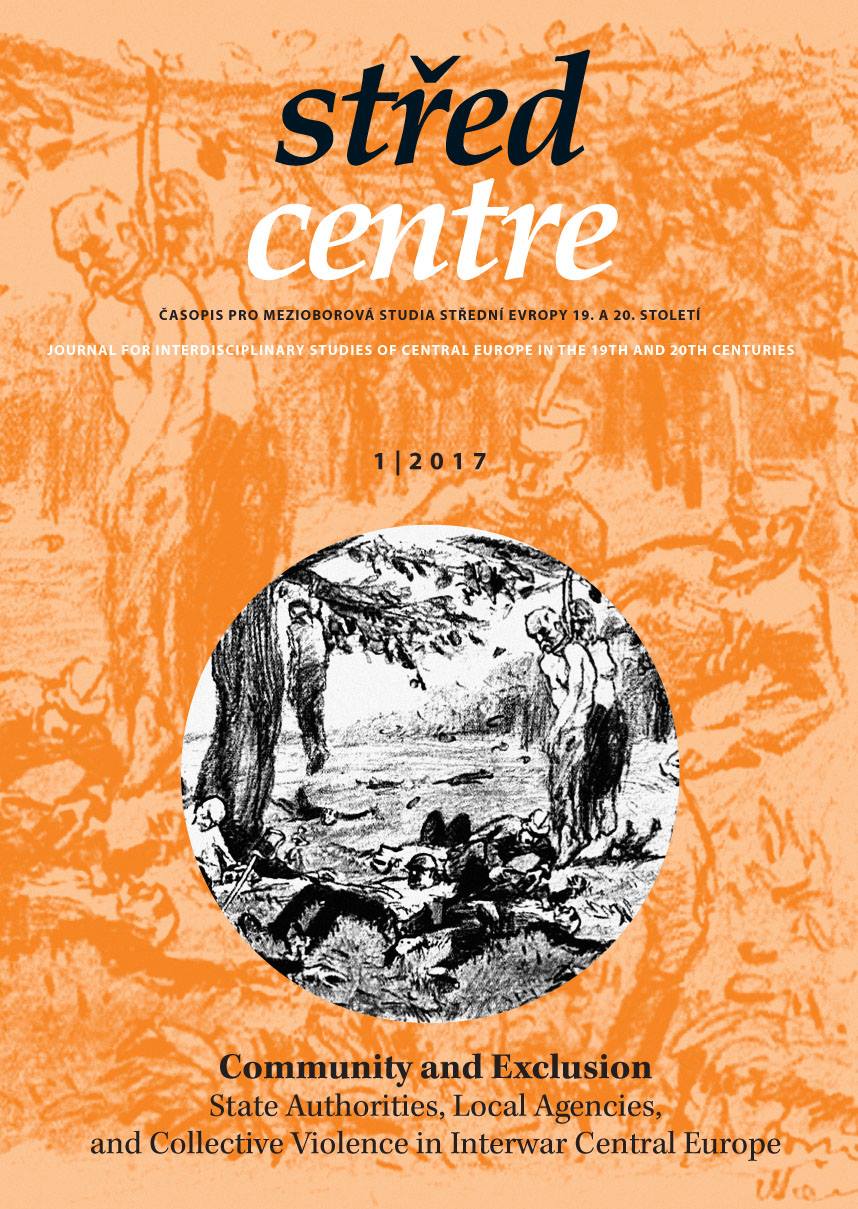
We kindly inform you that, as long as the subject affiliation of our 300.000+ articles is in progress, you might get unsufficient or no results on your third level or second level search. In this case, please broaden your search criteria.

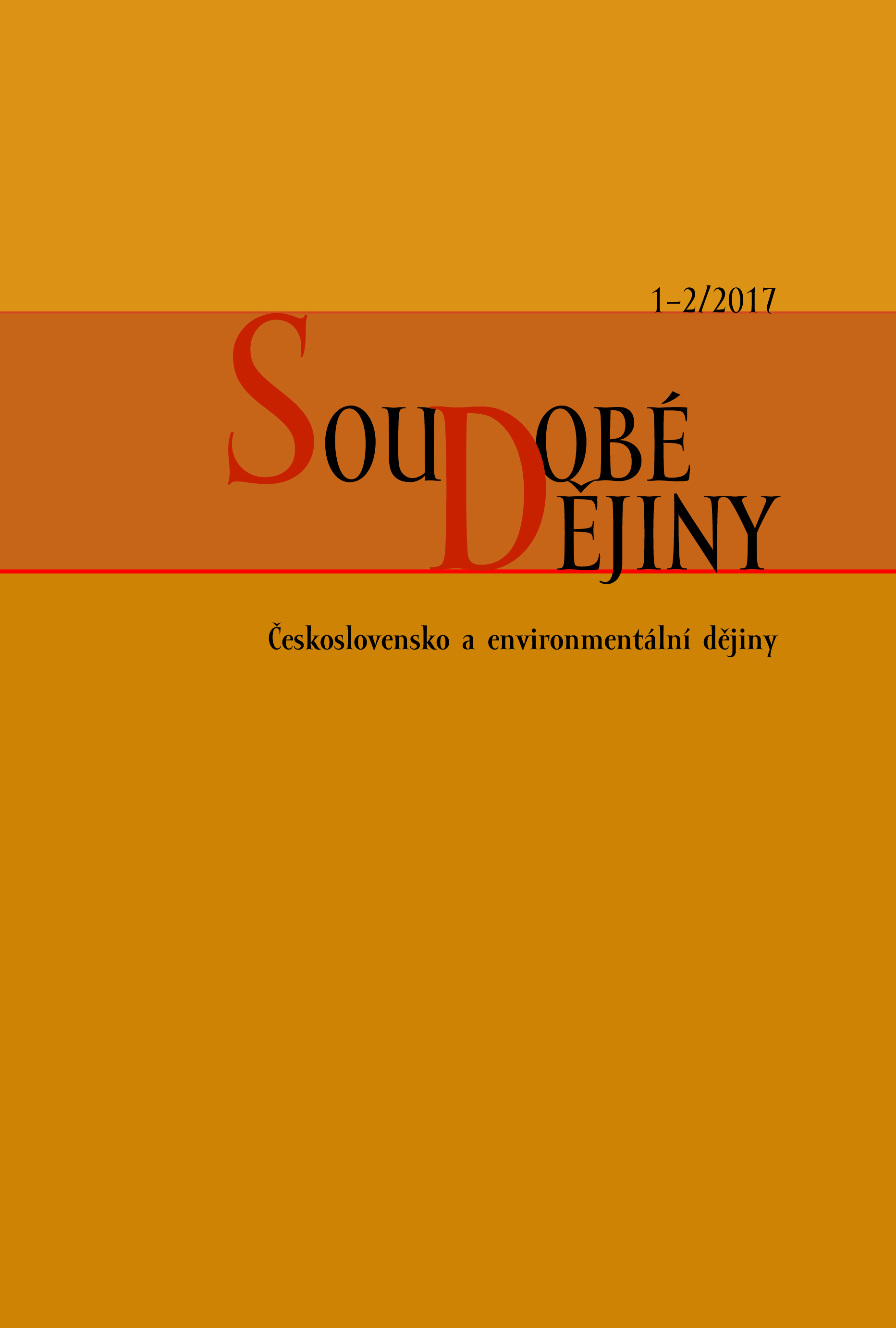
Based on texts excerpted from Czechoslovak periodicals and dailies of that time, the study shows changes of the image of nuclear power and nuclear energy in Czechoslovakia between the 1950s and the 1980s, as well as the position of environmental issues in it. In the 1950s, the image prevailing in periodicals and dailies was that of harnessed and transformed nature, with the anticipated arrival of nuclear powerplants presented as a natural replacement of coal-fired plants necessitated by limited coal reserves. At that time, there were no doubts about the “cleanliness”and safety of nuclear power plants. In the decades that followed, the strategy of authors, often experts in the field and promoters of science, changed, as the “nuclear optimism” was ebbing. They started, albeit cautiously, admitting a possibility of nuclear accidents and potential negative impacts on the environment and human health; however, referring to accurate data, they were also down playing the risk,claiming it was highly unlikely. The authoress contextualizes the Czechoslovak nuclear energy discourse, showing that there were no significant differences from the general “nuclear optimism” prevailing in the Soviet Union, United States or France; however, since the mid-1960s, and particularly since the following decade,the shape and form of the discourse in the Soviet Bloc diverged from that in the West considerably. In Czechoslovakia, the discourse was monopolized and no texts questioning the Czechoslovak orientation on nuclear energy could be officially published. The inertia of the positive image of nuclear power in Czechoslovak journalism was made possible not only by the socialist dictatorship, but also by a continuity of authors. In this respect, there was never a question whether to use nuclear power or not; the question was how to develop it in a way guaranteeing a sufficient level of environmental protection and safety of nuclear power plants.
More...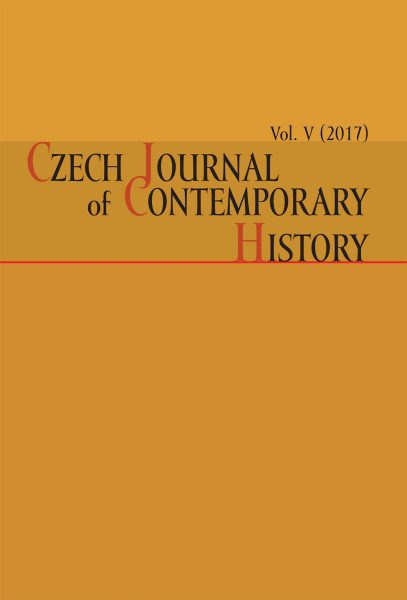
In this article, the author traces how the lessons of the Munich Agreement of September 1938 (on the basis of which Czechoslovakia was forced to cede the predominantly ethnic-German Sudetenland to Nazi Germany) were projected into US foreign policy. In Part One of the essay, based on published sources and unpublished documents from American archives, the topic is covered from the late 1930s to the outbreak of the Korean War (which is discussed in Part Two, to be published in the next issue of Soudobé dějiny). The author looks at immediate American reaction to the North Korean attack on South Korea in June 1950, and then returns to autumn 1938 to test his hypothesis that behind the unusual unity of this reaction was the ingrained negative attitude of the United States to the policy of appeasement. He demonstrates that since the late 1930s the terms ‘Munich’ and ‘appeasement’ have remained forever linked in US policy and US public discourse, and he discusses the transformations of the perception of the two concepts during the Second World War, after the war, and at the beginning of the Cold War. The lessons of Munich, he argues, have drawn on the idealistic as well as the pragmatic sources of US policy, because they stem from the conviction that appeasement is immoral and does not pay. Whereas in Roosevelt’s policy the general lesson was not to allow Hitler’s expansion, Harry S. Truman, Roosevelt’s successor in the White House, had to use the lessons, despite his own self-restraint, to try to counter the steps of a wartime ally, Stalin’s Soviet Union. The Communist take-over in Czechoslovakia in February 1948 and the blockade of the western sectors of Berlin beginning in the summer of that year were important events on this path. The author further considers the infl uence of this factor on the US approach taken in the Korean War in the early 1950s. He seeks to demonstrate that the decision of the Truman Administration to substantially intervene in this confl ict was a direct consequence of the negative attitude to the policy of appeasing an aggressor. This attitude was also shared by the American public, regardless of party affi liation and political sympathies. Arguments based on the rejection of appeasement, however, soon began to be used by the Republicans as ammunition in the election campaign against the incumbent Democrats and the choice of strategy also became a matter of dispute in the choice of strategy on the Korean battlefi eld after China entered the war. Whereas the White House wished to avoid an unlimited confl ict with China, the Commander-in-Chief of the United Nation Command in Korea, General Douglas MacArthur (1880–1964), was in favour of an uncompromising approach and in fact ceased to obey President Harry S. Truman (1884–1972). After being relieved of his command by Truman, MacArthur became the chief critic of his policies and a hero of Truman’s Republican opponents. In spring 1951, the Republicans organized a special Senate committee hearing on the circumstances of MacArthur’s suspension. The author looks in detail at this exceptional clash in post-war US domestic politics, which was meant to be triumphantly used against MacArthur, but gradually changed into a debacle in consequence of, among other things, the compelling testimonies of Secretary of State Dean Acheson (1893–1971) and Secretary of Defense George C. Marshall (1880–1959). In his conclusion, the author seeks to demonstrate how other US presidents returned to the ‘lessons of Munich’, and he argues that these lessons became Truman’s lasting political legacy and as such became fi rmly rooted in American political discourse.
More...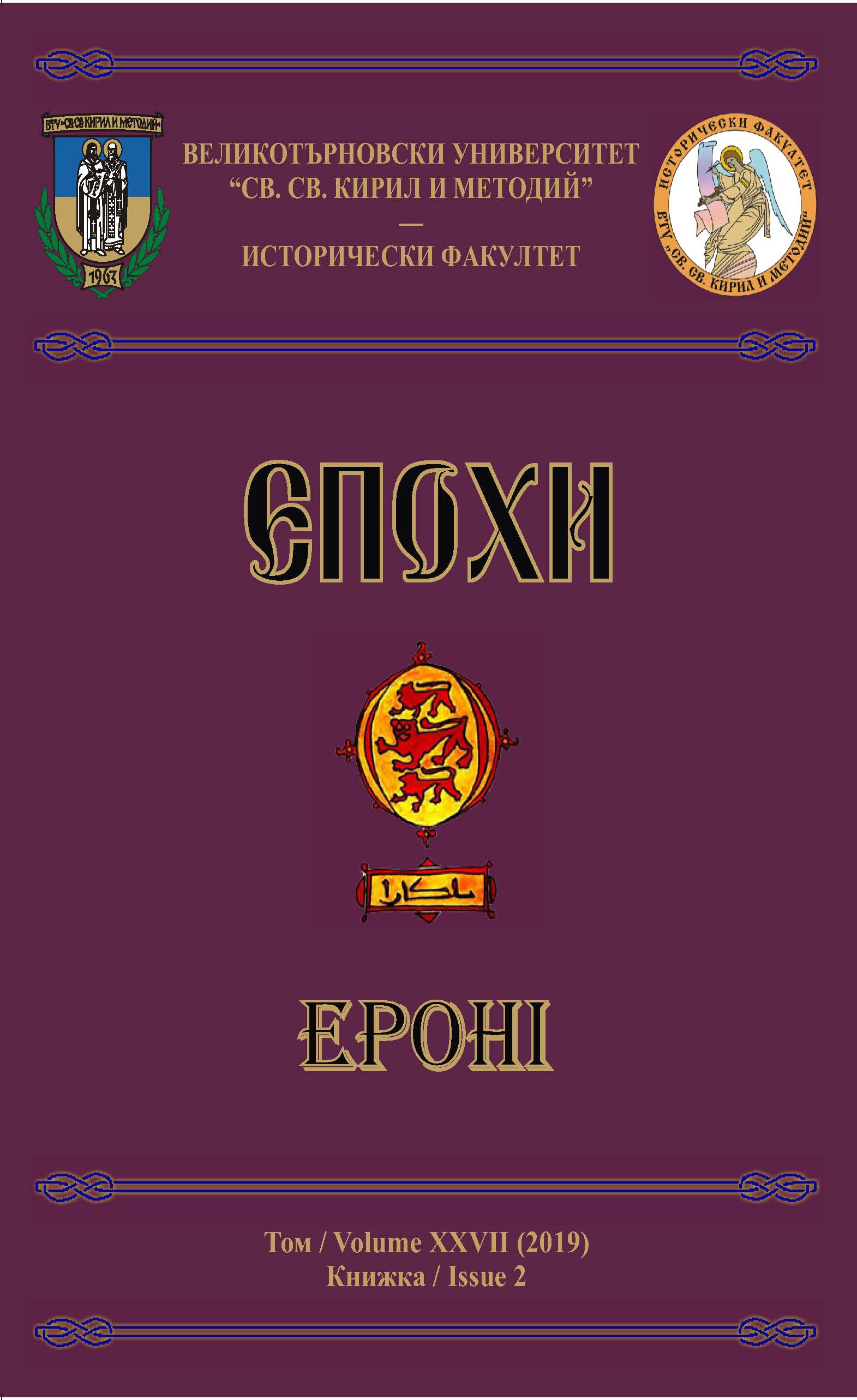
The article is devoted to a comparative analysis of the philosophical traditions of Nasimi poetry and the founder of existentialism S. Kierkegaard. As the object of comparison, the poetic texts of Imadaddin Nasimi and the book of the Danish philosopher Kierkegaard “Fear and Awe” are taken. For the first time in philosophical comparative studies, an attempt is made to find a common and difference in the concepts and categories of Hurufism and existentialism.
More...
The represented work discusses the administration system of one of the state institutions of the Hitiiti Empire - namely, the system of governing of the border regions and the importance of the regions for the State itself. Along the whole border line of the Hittite Empire, there were established the so called “border regions;” there are no special terminology found in the Hittite texts denoting such regions. Such border regions or border settlements are denoted in the Hittite texts under their own names. The fact that the settlements belonged to the border regions is known from the old texts in which the settlements (towns) of the whole region are denoted according the names or the official status of their governors. Establishing border regions began from the period known as “Old Kingdom” but they are represented in all their fully developed forms in the period of the New Kingdom. The Hittiti Kingdom (known also as Hatti Kingdom) took the image of the empire in the sense of its governing system. In the XIV-XIII centuries BC, the Hittite Kingdom became one of the strongest States in the world of those times. Unlike Egypt and Mesopotamia, where the main role in developing of the statehood belonged to the landownership, based on the irrigation systems, the main role in establishing the Hittiti Kingdom was associated with the outer factors, due to which, the mighty of the state depended on the military success. The Hittite (Hatti) Empire, alongside with the expansionistic policies, often was impelled to struggle against their enemies. Their territories and especially the border regions were under the military threat from their neighbors. Due to such conditions, those territories were often attacked and destroyed by the foreign forces. In such circumstances defending the military borders were especially important, necessary and correspondingly, the special attention was paid to the defense of the borders. Each such region included the territories near the border lines which supposedly could coincide with the historically established administrative unit borders. In the border line regions, the basic duty of the governors of such regions, appointed by the King’s power - B[L MADGALTI - along with their civil duties, were also to defend and strengthen the state borders. Their general duties can be compared with the markgraphs of the middle centuries Europe and the Georgian noblemen called Eristavi, living at the border lines, in the period of the Georgian united monarchy, though the forms of the governing of the mentioned regions were radically different.
More...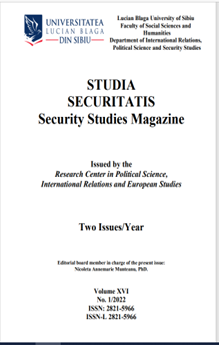
Romanian Sinology (meaning the multi- and interdisciplinarity scientific research of the Chinese world) has not been investigated so far, in terms of authors, currents of thoughts, resources, and the cultural and socio-political consequences generated. Eugen Străuțiu`s book ”Romanian Sinology – authors and bibliographic lists” offers the first synthetic image of publishing books, studies, articles, and scientific reports in Romanian, with Romanian or foreign authors, who address general or specialized topics, photographing and explaining Chinese space.
More...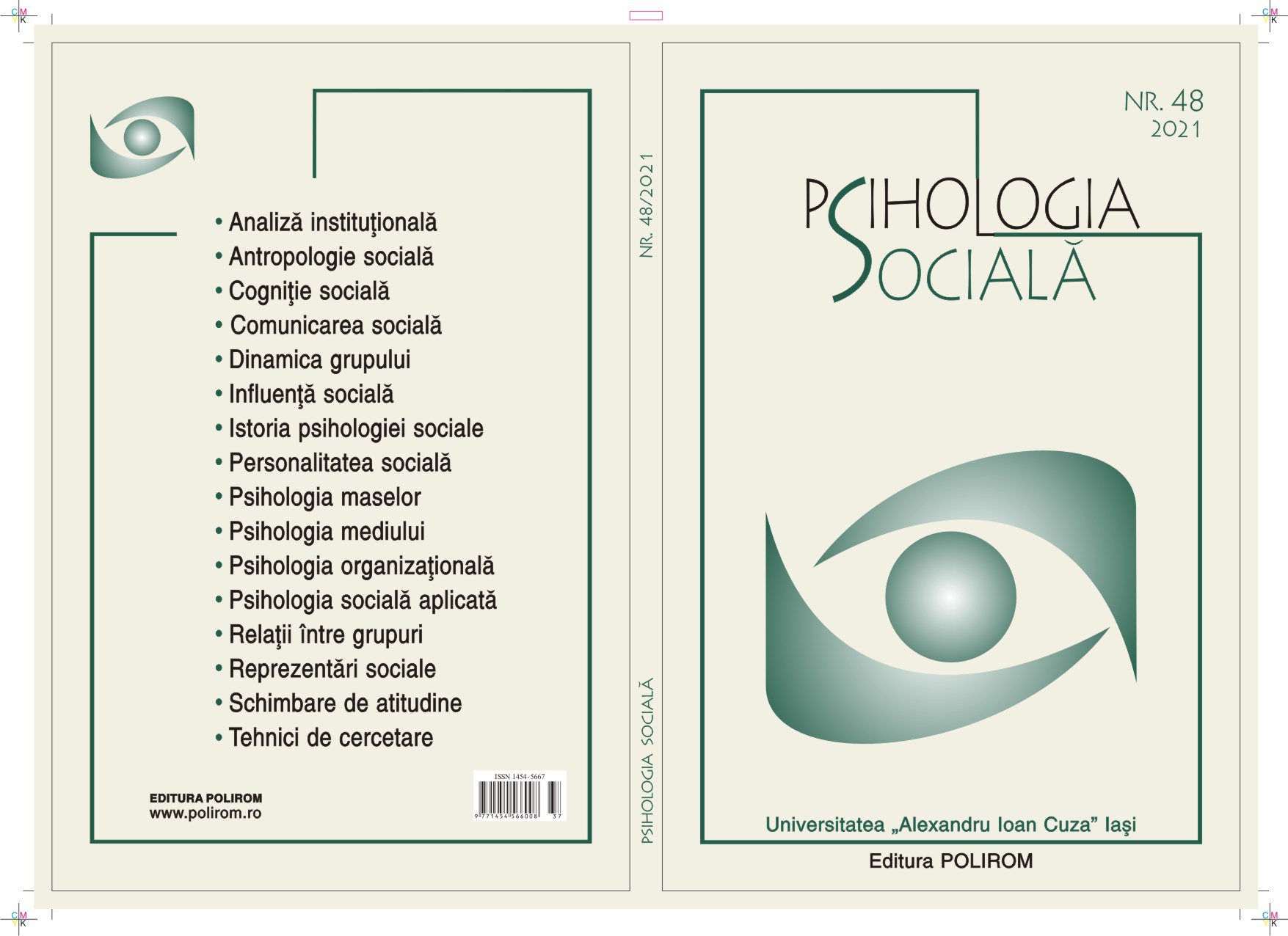
This study is an attempt to compare the process of rehabilitating sociology in Romania and Hungary. The process took place between 1956 and 1970, during the communist regime, but with significant differences. The differences between the two countries arose due to different socio‑ logical traditions and the different view of the two communist parties on sociology. Rehabilitation priorities were also different: in Romania they focused on the rapid introduction of sociological education, while in Hungary the priority was the organization of research institutes and research itself. In both countries, the control of the Communist Party was permanent, but with different fluctuations and intensity.
More...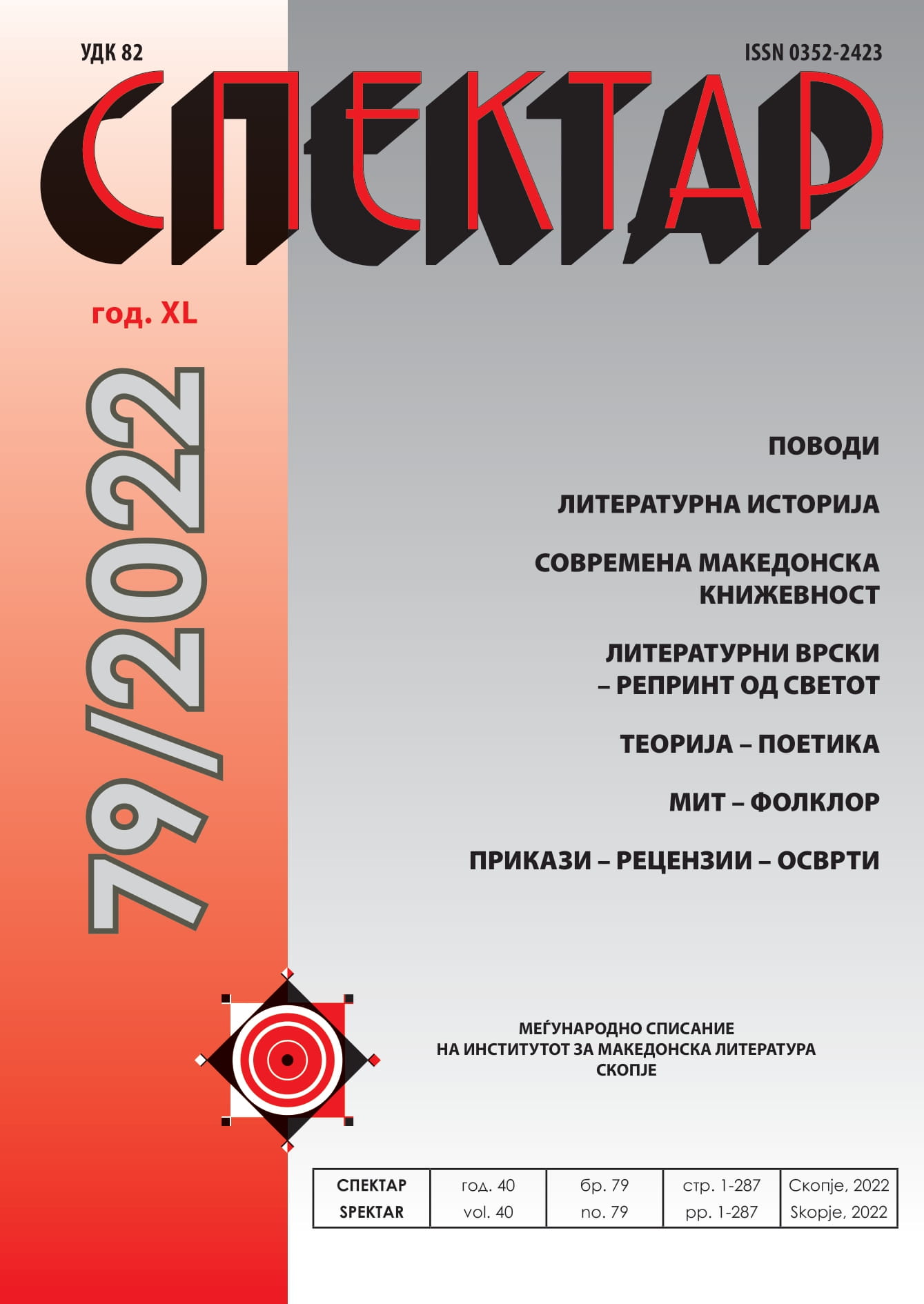
This text is dedicated to marking the 140th anniversary of the death of the famous Macedonian writer Jordan Hadzi Konstantinov Dzinot. He is one of the most prominent figures in the Macedonian 19th century, having the honorable place as one of the first playwrights, travel literature writers, poets, aphorists and folklorists. We supplement tracing his life path with information on his rich educational and literary activities and his philosophical and religious-ideological views.
More...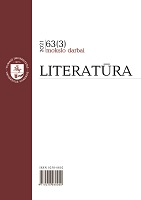
Malta, Gozo and Comino, the Thrinacia of Homer and the Melitē, Phoebe and Lampas of Scylax, form an archipelago in the centre of the Mediterranean Sea inhabited by both Phoenicians and Greeks before the coming of the Romans to those islands. Many geographers mention them, but other authors refer to their importance as places of production of textiles and other natural goods like oil and honey. Of particular importance was the site of the temple of Juno and Hercules known to Phoenicians, Greeks, Romans as well as to Numidians. Malta and Gozo were also praised for their good harbors and stone. The Grand Harbour itself served as an important Byzantine base with its tower and inner harbour, both places bearing Greek names. Malta was converted to Christianity in AD 60 following St Paul’s shipwreck there, where he spent three winter months. The aim of this article is to scrutinize the information about Malta and Gozo in numerous Greek, Roman and Christian sources.
More...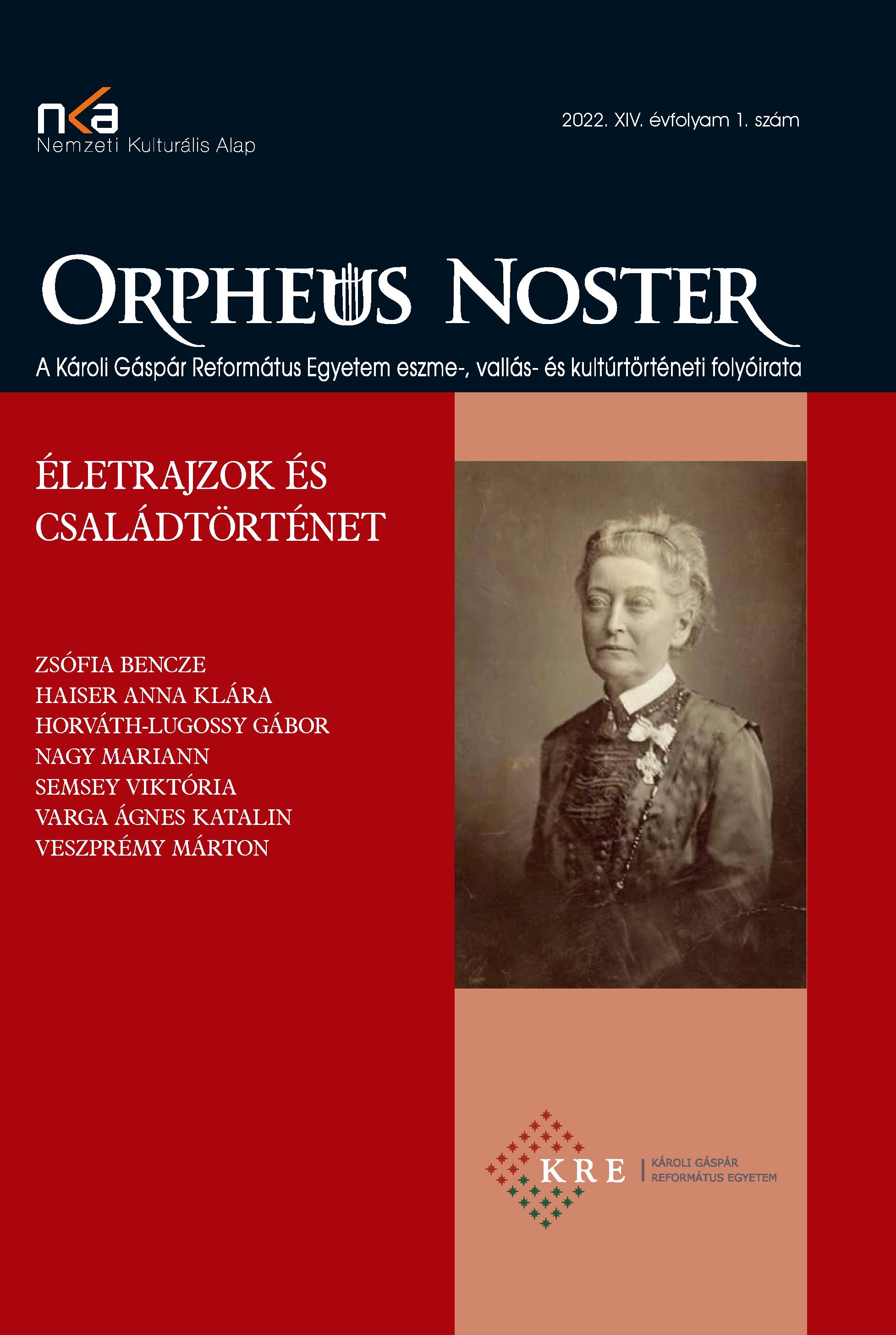
In the present article I examine the attitude of the Hungarian secret agency towards astrologers and astrology during the communist era. I conclude that the secret agency was only interested in astrologers because they met regularly with their students and all regular and secret meetings were politically suspicious. Astrology as an illegal activity or as subject of contempt only appears in the sources in the 1980s. All the astrologers discussed in my article were in one way or another opposed to the ruling socialist regime.
More...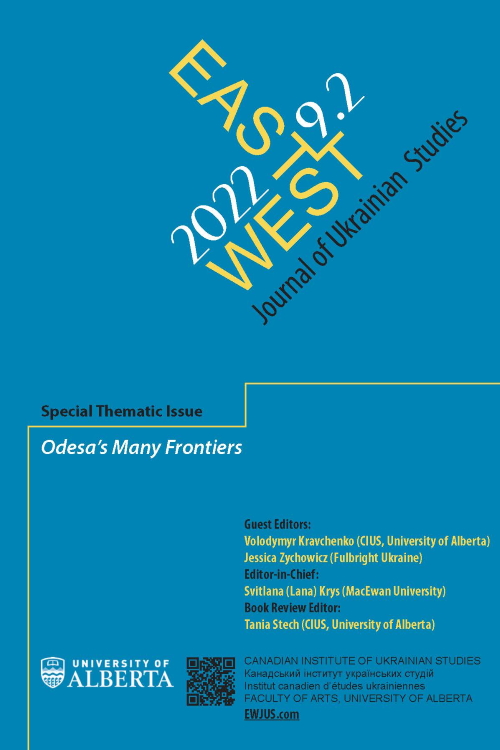
The popularity of Odesa-themed restaurants across the world presents an opportunity to explore a possible core of the Odesa city myth, sedimented into consumer space. The article analyzes 63 enterprises in seventeen countries, examining the cuisine, interiors, restaurant concepts, media reviews, and visitor reports on social media. The theoretical framework of this study revolves around the concept of memory entrepreneurship, the concept of travelling mnemonic plots, and instruments of marketing semiotics, especially the “cultural mélange” phenomenon. The surveyed restaurants reveal a specific picture of an Odesa “memoryscape,” formed as a dense palimpsest. The key themes are the motifs of an inverted world and of a lost Paradise. The plot of the Odesa myth in restaurants outside Odesa can be described as a temporal loop, starting at several points simultaneously, traversing the space of the world, then collapsing and returning to the departure time in a gesture of grief over the lost paradise.
More...
Recview of: Krzysztof Domżalski, Pontic Red Slip Ware. Typology, chronology and distribution of a major group of Late Roman fine pottery in the Black Sea region, Bibliotheca Antiqua, vol. XXV, Warsaw, 2021
More...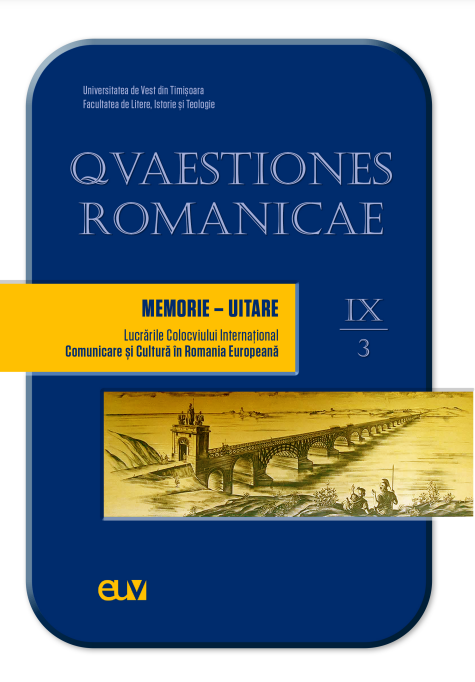
The right of life is the most representative attribute of human being, is absolute and immutable, that identifies human in the entire ecosystem where he lives as a creator of civilization and culture. The issue of capital punishment (re)brings to light in an allusive/metaphorical way the epic of the ”evil from the box”. No matter how many times it will be closed with the lock of evidence provided by transparent facts and statistics, it will always break through, nourished by traditions and customs which are generated by an unconscious and irrational belief. Thus, we ask ourselves the recurring question whether the death penalty really belongs to an irreversibly assumed past or, it is changed imperceptibly into the uncertain present and into a dark future. The present research aims to bring into discussion, in various aspects the capital punishment and how has been approached by great intellectuals of the world and, starting from them, how was reverberated in the Romanian space, that abolished it, in the 19th century, which ensured Romania a flourishing place in the world. The reactivation in the collective memory of this controversial punitive element rises in the human’s mind various questions meant to search the answers that are indispensable in a future when life is perceived beyond its biological connotations, as the highest goal of humanity.
More...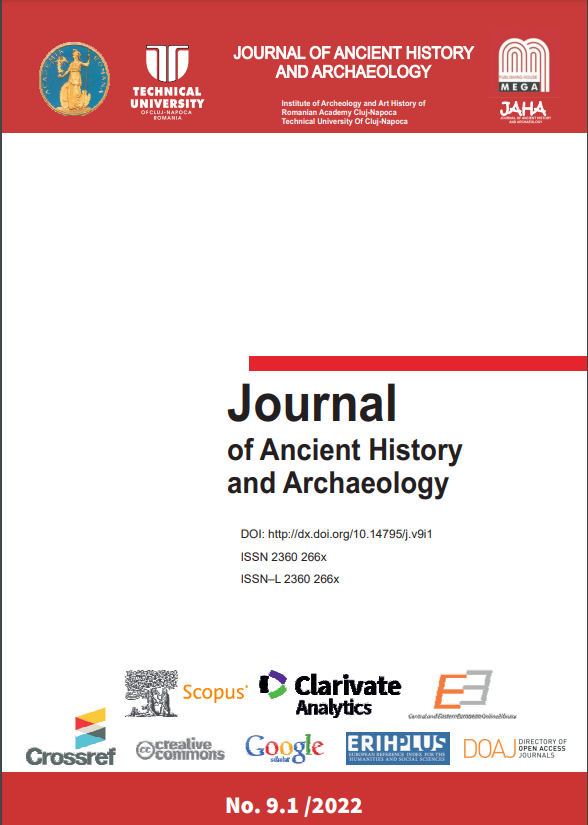
The study of the interaction among ancient civilizations with a special focus on the Archaic period has developed three paradigms, including a comparative approach, a regional approach that regards the Mediterranean as a Koine, and a historical approach based on the Networks theory. This article addresses the theoretical superiorities of the “Mediterranean Koine”. Although it has been demonstrated differently in various historians’ works, the pattern of “Mediterranean Koine” can be categorized into four common features: the cultural exchanges based on commercial activities, the integrated “region” formed through communication, the balanced relationship between individuality and commonality, and the high level of economic and cultural connections determined by the unique ecological environment. The cultural exchanges based on commercial activities are the fundamental character of the “Mediterranean Koine” from the eighth to sixth century BC. Thanks to modern archaeology, these commercial activities and the cultural exchanges have been largely reconstructed. Al Mina is a perfect example of getting a fundamental understanding of the “Mediterranean Koine”. For better utilizing the “Mediterranean Koine” in research we should also direct attention into the differences among civilizations, such as their various scopes of time and space, different social structures, and the uniqueness of particular ecologies.
More...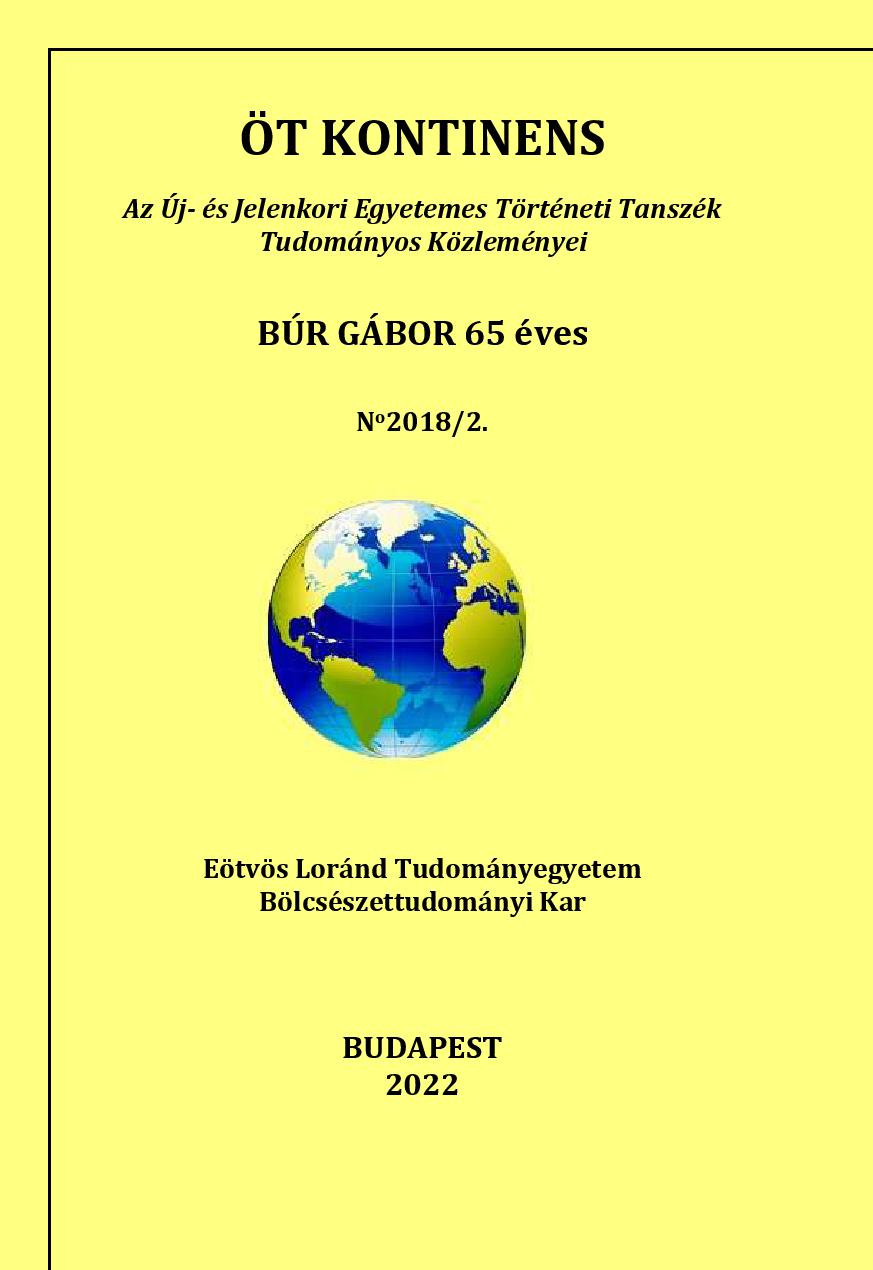
Numerous attempts have been made to define the concept of imperialism since its inception. The repertoire of interpretations is very wide, and since it is a very complex historical phenomenon, essentially everyone has discussed the topic according to their own values and interests. To facilitate navigation through a wide range of interpretations, colonial expansion, one of the namesakes of imperialism and one of its most important elements, is highlighted.
More...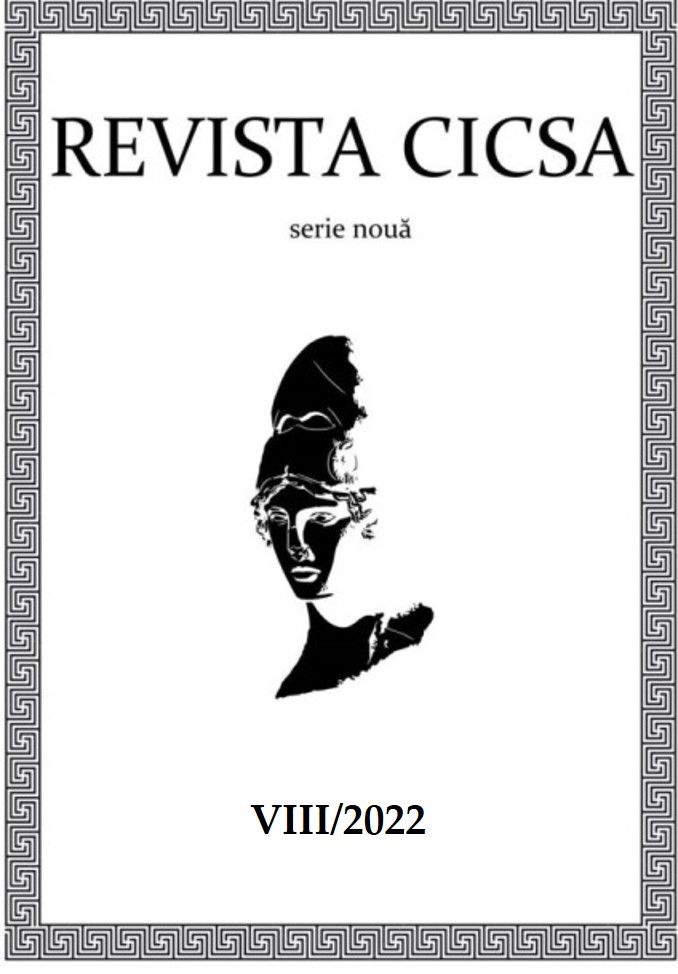
Review of: Dana Fields, Frankness, Greek Culture, and the Roman Empire, London and New York: Routledge, Taylor & Francis Group, 247 p., 2020
More...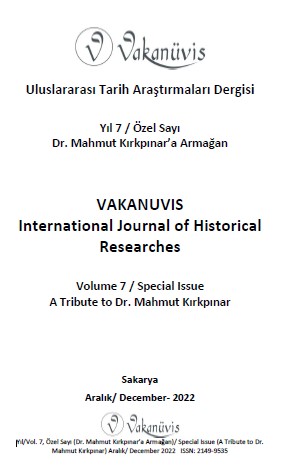
Gumushane, which was established in the region known as Sulaymaniyah in the 16th century, developed by the Harşit River in the 20th century. The city was influenced by the military and social-economic events that took place during the First World War and the National Struggle and took on a different character. For this reason, it is possible to divide the history of Gümüşhane into two different times and places. Because of these features, Gümüşhane is one of the rare cities in Anatolia. Gümüşhane became a city where trade was lively, since silver and gold mines were mined during the Ottoman period, and it was on the transit route of the silk road. During this period, Muslims, Armenians, and Greeks living in the city formed one of the best examples of Ottoman civilization. However, since the 20th century, the loss of importance of the mines and the silk road, the political-social ruptures experienced, caused the non-Muslim population to leave the city. Thus, the city took on a structure where only Muslims were settled along the Harşit River. She started the Republican period in a different place and character. Gümüşhane’s today economy is mostly based on agriculture, mining activities, and dried fruit roll-up and churchkhela production. However, it is one of the promising cities in terms of history with its castles, towers, ruins, bridges and mansions, and in terms of tourism with its forests, plateaus, caves and lakes.
More...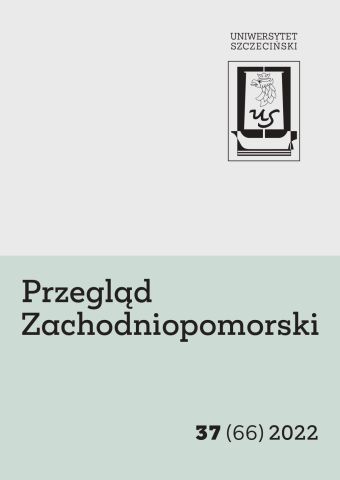
The subject of research is the population of Szczecin and the changes it underwent in the years 1946-2019 as a result of natural increase and migration. The article aims to demonstrate the importance of natural increase and migration in each year by sub-period in the real population growth of Szczecin. As a result of the demographic processes taking place, the population of Szczecin increased by 331,600 in the period under review, of which natural increase contributed 47.6% to the growth. The population of Szczecin increased until 1994. From 1995, the city was characterized by natural population loss, which exceeded the positive balance of migration. As a result of these processes, the city’s population declined. The declining natural increase and declining positive migration balance contributed to an accelerated ageing of the population. The share of people aged 60+ increased from 3.8% in 1950 to 18.3% in 2002 and to 35.6% in 2019. Thus, dynamic population growth was followed by slow growth, which has turned into decline since 1995.
More...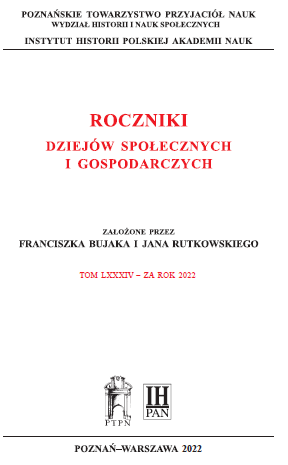
In the article I address such issues as the place of the plague’s outbreak and its chronology. Next, I indicate the existence of three epidemic phases, as the fact needs to be emphasised more in the literature. In the following parts, I point out the rhetorical nature of the descriptions, which makes it impossible to identify the pathogen and thus to determine its mortality rate. I further focus on climate, archaeology, and papyri, showing that the data taken from these sources do not allow us to overestimate the impact of the plague. I also present the population’s reaction in the face of pestilence and its effects on the so-called third-century crisis. I conclude the arguments with a source appendix.
More...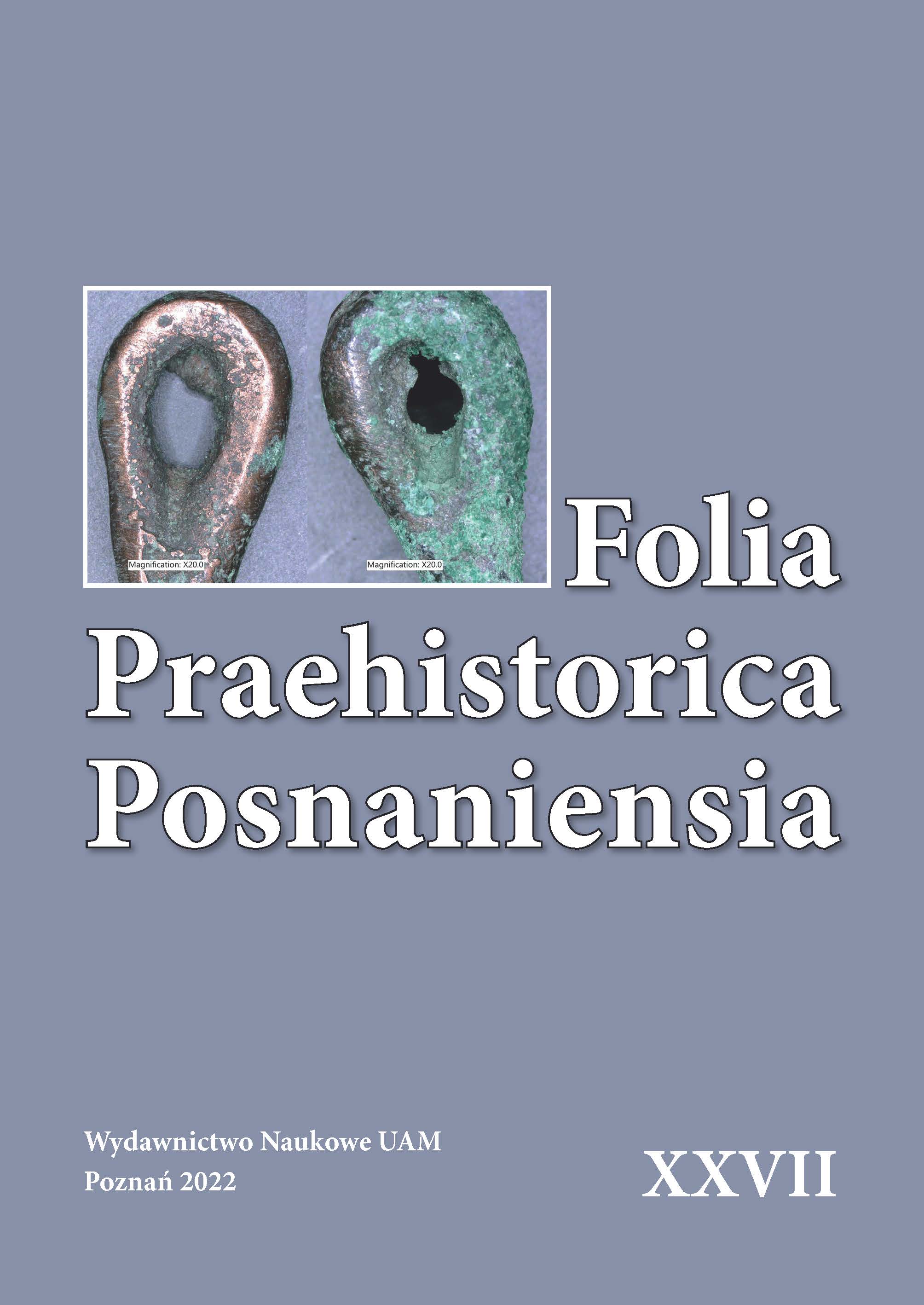
The article contrasts two chronologically distinct groups of artifacts: painted ceramics from the Hallstatt period and the so-called white ceramics, produced until the end of modernity. They are related by means of the technique of covering a bright surface with colorful patterns and the stylistic similarity of certain geometric motifs. However, the ideas behind creating these pictorial representations were completely different. In the article, painted vessels from the Hallstatt period and modernity will be the starting point for detailed studies on magical and rational thinking about the world. It was in the Renaissance that, according to the concept of the sociologist and philosopher Max Weber (1864‒1920), a “disenchantment of the world”, took place ‒ e.g. the departure from the magical understanding of reality. Early Iron Age and Modernity ceramics will illustrate this process.
More...